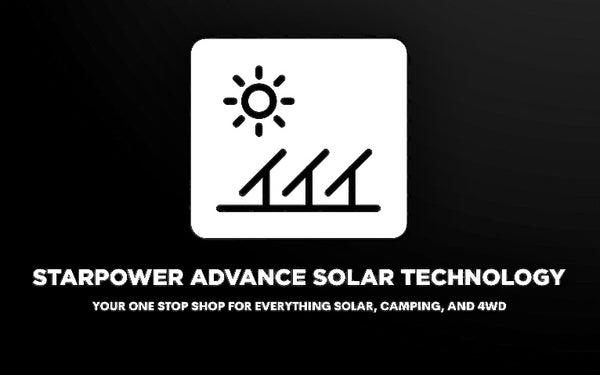What is an MPPT Charge Controller?
An MPPT (Maximum Power Point Tracking) charge controller is an electronic device used in solar power systems to optimize the efficiency of charging batteries. It works by continuously tracking the maximum power point of the solar panel array and adjusting the voltage and current to extract the maximum power available.
1. Increased Energy Efficiency
One of the key benefits of an MPPT charge controller is its ability to convert a higher voltage output from the solar panels to a lower voltage required by the batteries. This conversion process results in increased energy efficiency, allowing more power to be harvested from the solar panels.
2. Faster Charging
MPPT charge controllers can charge batteries at a faster rate compared to other types of charge controllers. By optimizing the power output from the solar panels, MPPT charge controllers can deliver more current to the batteries, reducing the charging time.
3. Improved Performance in Low Light Conditions
MPPT charge controllers are designed to perform well even in low light conditions. They can efficiently convert the available solar energy into usable power, ensuring that the batteries receive a consistent charge regardless of the sunlight intensity.
4. Compatibility with Various Battery Types
MPPT charge controllers are compatible with a wide range of battery types, including lead-acid, lithium-ion, and gel batteries. This versatility makes them suitable for different solar power applications and allows users to choose the battery type that best suits their needs.
5. Overcharge Protection
An MPPT charge controller includes built-in overcharge protection mechanisms to prevent the batteries from being overcharged. This feature helps prolong the battery lifespan and ensures safe and reliable operation of the solar power system.
6. Temperature Compensation
Many MPPT charge controllers offer temperature compensation, which adjusts the charging parameters based on the temperature of the batteries. This feature helps optimize the charging process and ensures that the batteries are charged at the correct voltage, regardless of temperature fluctuations.
7. Remote Monitoring and Control
Some MPPT charge controllers come with remote monitoring and control capabilities, allowing users to monitor the performance of their solar power system and make adjustments remotely. This feature provides convenience and flexibility in managing the system.
8. Increased System Lifespan
By optimizing the charging process and protecting the batteries from overcharging, an MPPT charge controller helps extend the lifespan of the entire solar power system. This can result in significant cost savings over time, as it reduces the need for battery replacements.
9. Higher Return on Investment
Due to their increased energy efficiency and faster charging capabilities, MPPT charge controllers can help maximize the return on investment for solar power systems. They allow users to generate more power from their solar panels and reduce the payback period for the initial investment.
10. Flexibility in System Design
MPPT charge controllers offer flexibility in system design by allowing the use of higher voltage solar panels. This flexibility enables the installation of solar power systems in remote locations or areas with limited space, where longer wire runs would result in significant power losses.
In conclusion, an MPPT charge controller offers numerous benefits for solar power systems. From increased energy efficiency and faster charging to improved performance in low light conditions and flexibility in system design, an MPPT charge controller is a valuable component that enhances the overall performance and longevity of a solar power system.

